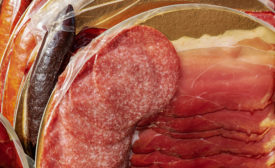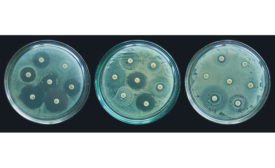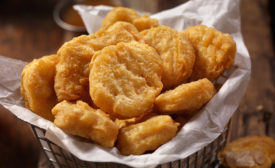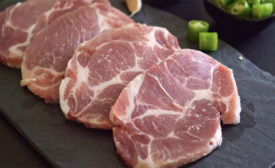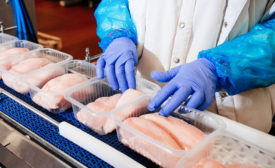Home » Publications » The National Provisioner
The National Provisioner
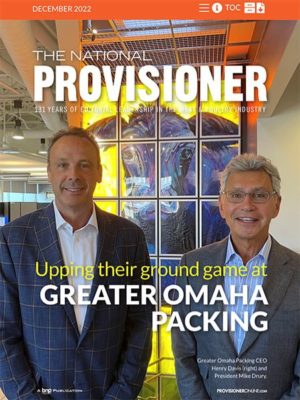
December 2022
Columns
Back to TopThe FDA completes its first pre-market consultation for a human food made from cultured animal cells.
Read More
Cover Story
Back to TopUpping their ground game at Greater Omaha Packing
Greater Omaha Packing expands its ground beef production capacity to almost 450,000 pounds a day, the first step in a facility expansion effort that includes a new automated packing and handling system for frozen product and new value-added packaging.
Read More
Country Meat Shop's growing customer base keeps the business expanding
Consumers all over Missouri know that some of the best cured meats in the country are being made by Country Meat Shop.
Read More
Feature Articles
Back to TopVacuum packaging offers flexibilities
Packs reduce the need for additional product handling and help extend shelf life.
Read More
Taking another look at vision systems
Incorporating vision systems can add benefits on multiple levels.
Read More
Regulatory proposal heightens focus on antimicrobial sprays and dips
FSIS will release a proposal that Salmonella be considered an adulterant in not-ready-to-eat breaded and stuffed raw chicken products.
Read More
Leveraging food coatings to integrate health attributes
Texture ranks as one of the four compass points — along with flavor, appearance and aroma — that determine the success of a food product.
Read More
IPPE to showcase the latest tech, research and trends
IPPE encompasses three integrated trade shows—the International Poultry Expo, International Feed Expo and International Meat Expo.
Read More
Choose your medium, and get social
Different social media channels offer unique avenues to engage consumers.
Read More
Supplier's Perspective: All Seasons Uniforms
Nine tips for meat processors to incorporate into their safety protocols.
Read More
Get our new eMagazine delivered to your inbox every month.
Stay in the know with The National Provisioner's comprehensive coverage of the meat and poultry processing industry.
SUBSCRIBE TODAY!Copyright ©2024. All Rights Reserved BNP Media.
Design, CMS, Hosting & Web Development :: ePublishing
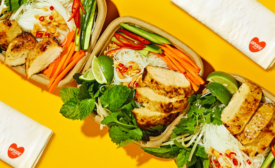

.png?1647275041)

